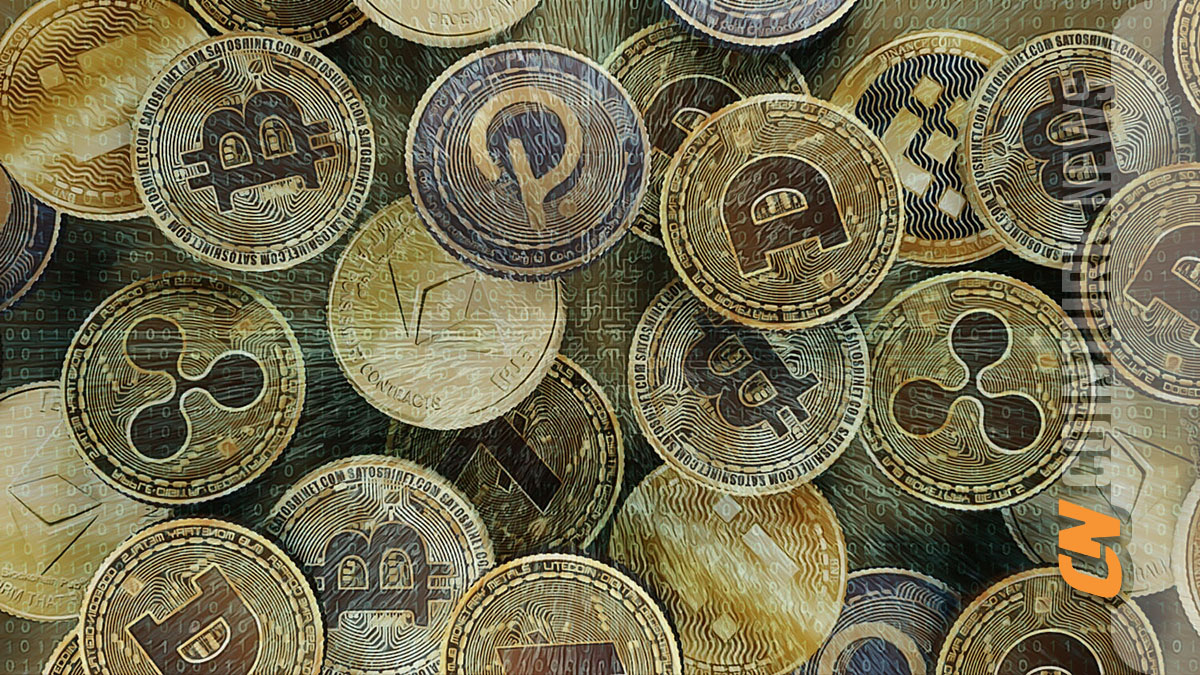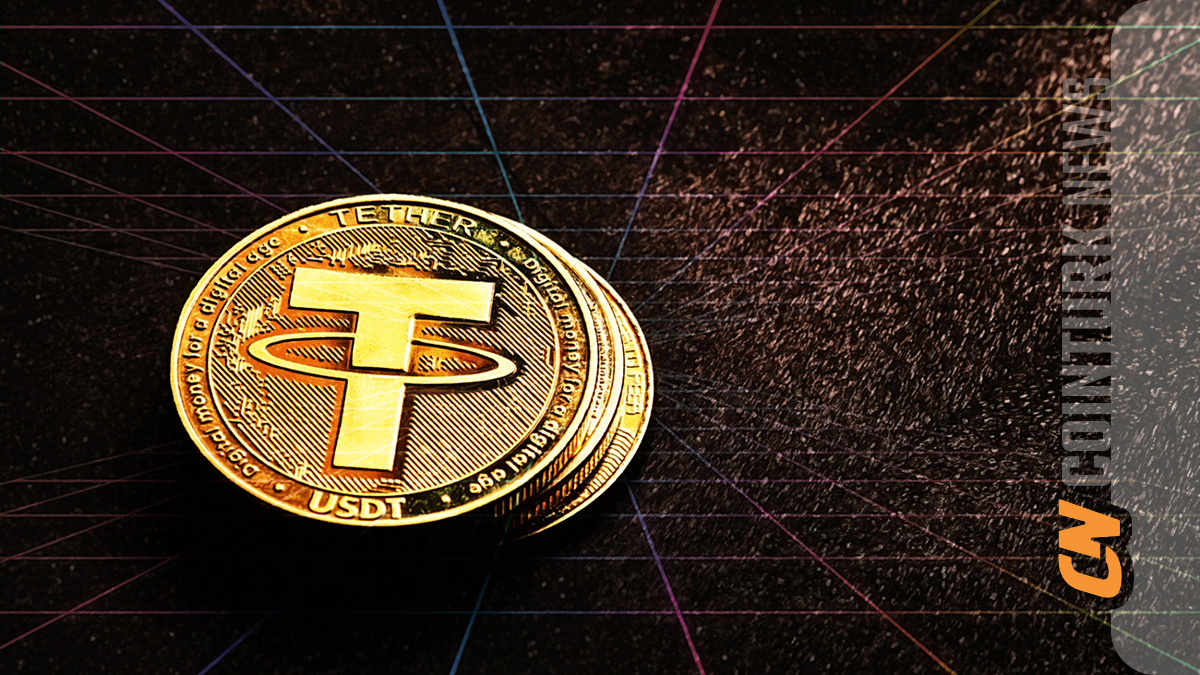As a surprise to the markets, the U.S. Securities and Exchange Commission (SEC) approved eight spot Ethereum ETF funds on May 23, leading to a positive optimistic process. However, perhaps even more surprising was Ethereum’s price showing little reaction to this news. Before the SEC’s announcement on May 23, Ethereum’s price was $3,742 and it could only rise to $3,859 by May 28.
What is Happening on the Ethereum Front?
In the days before the approval, Ethereum’s value had increased by almost one-third. However, after indications emerged that the SEC could reverse its decision, concerns about Grayscale’s $11 billion Ethereum Trust (ETHE) became a significant factor affecting price movement.

Balancing the effects of significant inflows, Grayscale observed substantial outflows from its Bitcoin Trust (GBTC) for months, and now markets are worried about a possible repetition. In the month following the approval of spot Bitcoin ETF funds, GBTC saw an outflow of $6.5 billion, equivalent to 23% of its assets under management (AUM).
Kaiko Research prepared a report on May 27 estimating that if history repeats itself, the average daily outflow from ETHE would be $110 million.

Famous Figure Comments on Ethereum
Toni Mateos, co-founder of LAOS Network, a Layer-1 platform enabling asset creation on Ethereum Virtual Machine compatible chains, also predicts significant outflows from ETHE. Mateos commented:
“Due to the high liquidity and low fees of ETF funds, significant outflows from Grayscale Ethereum Trust to the new ETF are expected. The ETF targets a broader market due to lower entry barriers and fees.”
Mateos sees similarities between GBTC and ETHE but also highlights a significant difference in the importance of these Grayscale products for their respective markets. When spot Bitcoin ETF funds were approved, GBTC held around $30 billion worth of Bitcoin, representing 3.5% of Bitcoin’s market value, but ETHE only holds $11 billion worth of Ethereum, representing 2.2% of the market value. Mateos stated:
“Given ETHE’s smaller market value percentage, outflows from ETHE to new ETFs should be more limited, making the ETF’s impact proportionally greater than what was experienced on the Bitcoin side.”

 Türkçe
Türkçe Español
Español









